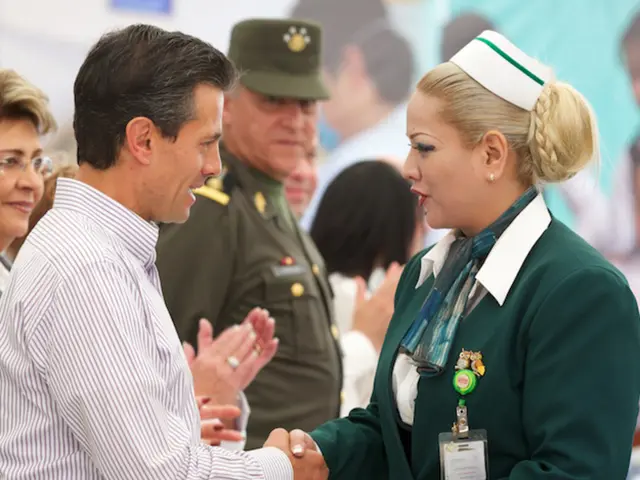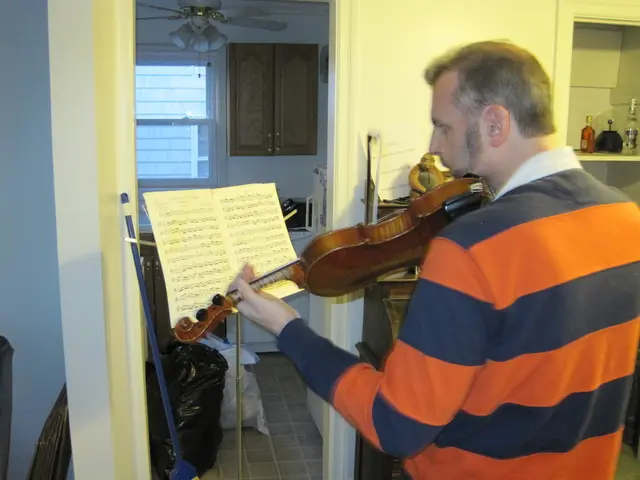Decline in Matrimonial Ceremonies Observed in Hesse Region - Declining Matrimonial Celebrations in Hesse Region
In the heart of Germany, Hesse is welcoming fewer couples tying the knot. The latest stats published by the Hessian State Statistical Office in the bustling city of Wiesbaden reveal a staggering 2.7% drop in marriages over the past year, with a mere 25,690 nuptials. This number marks the lowest count since records began in 1946, raising some intriguing questions about the state of committed relationships in the region.
Same-sex unions on the rise
Interestingly, over 620 same-sex couples took the plunge, with male and female pairings more or less balanced in the diversity of their love.
Now, you might wonder why this decrease in the steady beat of wedding bells. Well, a part of the answer lies with the Evangelical Church of Kurhessen-Waldeck (EKKW) who have reported a corresponding drop in church weddings. The primary culprit? A dwindling congregation, particularly among the age group most likely to wed - a sobering realization indeed.
The month of love: May and June reign supreme
A closer look at the stats reveals that the month of May saw the most marriages, with 413 couples exchanging vows on May 24, 2024, making it the most popular wedding day. August 30 followed closely with 304 celebrations, making the summer months particularly enticing for lovebirds. January, on the other hand, remained a more dreary time for betrothals, - perhaps due to the cold and snow or the financial burden wrought by the festive season's jingles and bells.
But why is this happening in Hesse and what awaits the future of matrimony in this region? Let us dig a little deeper.
Factors influencing marriage rates
While exact reasons for the drop in marriages in Hesse remain unclear, there are a few broader trends and factors that could be at play:
- Demographic Shifts: Larger regions within Germany have reported decreases in the number of women of marriageable age, an imbalance that might be impacting the formation of families and marriage rates.
- Policy Impacts: Changes in family policies, such as the implementation of Elterngeld (parents' allowance), have been designed to promote family growth, but may have variable results depending on socioeconomic status.
- Cultural Shifts: With more diverse family structures becoming the norm and a general trend towards a delayed age of marriage, it's possible that our attitudes towards traditional marriage are evolving.
As we delve deeper into the data, we'll have a clearer picture of this interesting trend. In the meantime, we can only speculate and watch as this fascinating plot unravels.
The decreased number of marriages in Hesse might be connected to the shift in lifestyle choices, as fewer individuals opt for traditional commitment, potentially influenced by the rise of alternative family structures. This perceived change in attitudes may be further emphasized by the increased number of same-sex unions. Furthermore, the rise in home-and-garden pursuits, a common aspect of modern life-styles, may encroach upon the time and resources available for extensive wedding planning, contributing to the decline in marriages.








